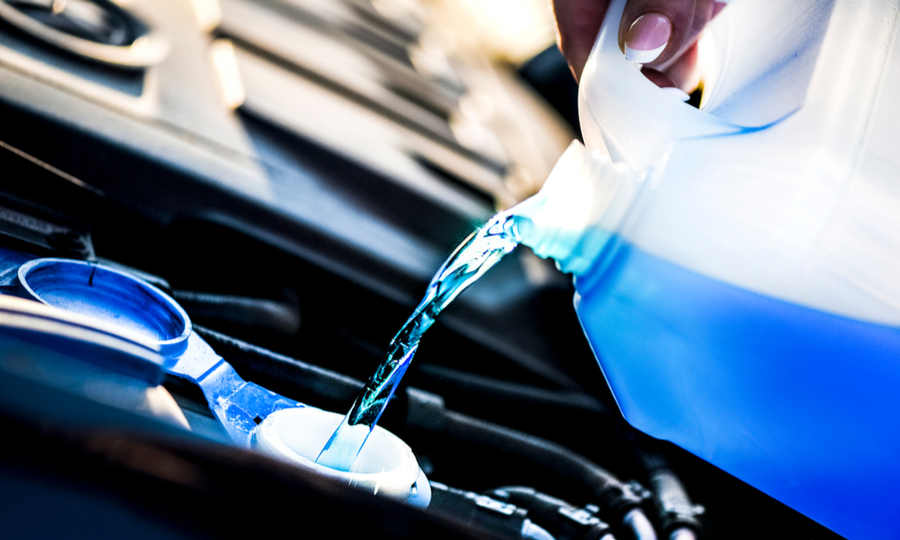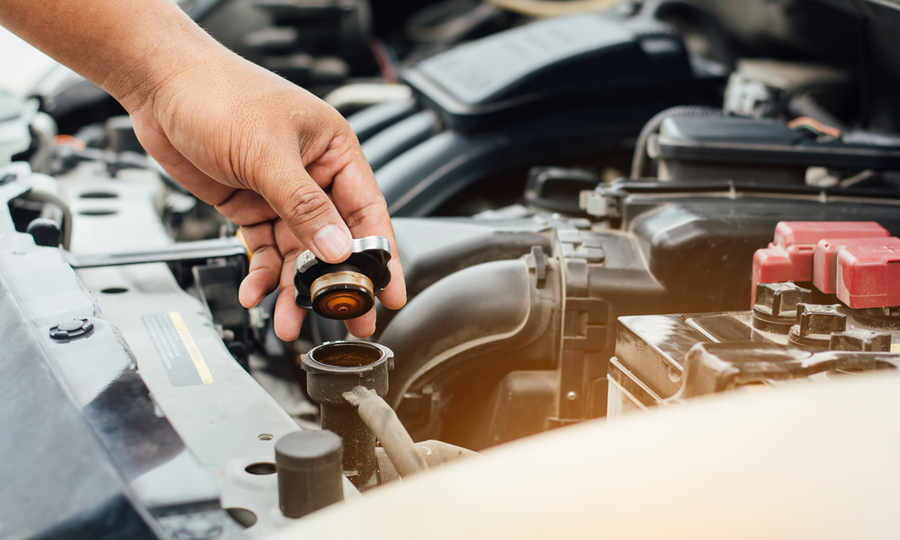I WANT
RELATED LINKS
I WANT
RELATED LINKS
RELATES LINKS
I WANT
RELATES LINKS
Services
Related Links

คำค้นหาที่แนะนำ
ผลการค้นหา "{{keyword}}" ไม่ปรากฎแต่อย่างใด
ข้อแนะนำในการค้นหา
- ตรวจสอบความถูกต้องของข้อความ
- ตรวจสอบภาษาที่ใช้ในการพิมพ์
- เปลี่ยนคำใหม่ กรณีไม่พบผลการค้นหา
Use and Management of Cookies
We use cookies and other similar technologies on our website to enhance your browsing experience. For more information, please visit our Cookies Notice.
- Personal Banking
- Stories & Tips
- Home & Car
- How important is the “Car radiator: Cooling System”?
- Personal Banking
- ...
- How important is the “Car radiator: Cooling System”?
How important is the “Car radiator: Cooling System”?
06-08-2021
Many people may have heard about “heat” or “overheat” but may not know that its symptom is severe, especially when the car reaches overheating level. That means the repair fee will be incredibly high and even worse if you have to change a new engine which costs a high budget.
When the engine is normally working, its system will be overheated because of the combustion and friction of car parts. Those heat will need to cool down by “Cooling system” which includes many functions and working processes. Here, we’ll go through instruction and maintenance of radiator to prevent your car from problems and prolong its life.
Don’t ignore Tachometer
Things you should always do habitually while driving is to look at the tachometer at the center console and heat meter on and off.
Some cars have a pointer gauge. When the engine works at its full function, the pointer will indicate between C (Cool) and H (Heat). If the pointer stays slightly higher or lower than the middle, it’s normal so don’t worry.
If you notice the tachometer regularly, you’ll see when there’s something wrong with the pointer. If the pointer gradually moves to H, that means the heat is increased. Then, you should turn off the air con immediately to reduce engine power and then find a safe area to park your car to check its symptom by yourself or call the car service.
Don’t let the heat rise too high as the engine will be badly damaged.
Some cars have light signs instead of a pointer gauge, and the light will appear when the heat is on. You must also park your car right away when seeing the light signal.
We’ve already talked much about the heat but some people may doubt what will happen if the engine is too cold. The engine will function well when the temperature is high enough. If the temperature is too low, the engine combustion will not be completed and its capacity will be decreased so the fuel consumption will be increased.
You may notice when driving early in the day, the fuel consumption will be higher than when driving for a while as the heat is not high enough in the beginning.
Therefore, if there’s an indicator of high or low temperature, it needs to be solved.

Always check the car radiator
When parking your car safely, check the radiator. Remember! Don’t open the radiator lid right away. Wait until the engine cools down. If you open the radiator lid immediately, the hot water pressure will burst and you may be in danger.
If you’re sure that the heat cools down, then open the radiator lid. To prevent risk, find a cloth to cover the radiator before opening it.
Generally, the radiator lid has a two-step opening. Open step by step. The first step, if the water still contains pressure, it’ll burst. The lid that hasn’t come out will guard against hot water. Also, make sure to close the two-step radiator lid to protect it from tearing off while working.
After opening, see if the water level is depleted, and refill it. Always check the water level. If the depletion happens regularly, it’s the leak. Repair the radiator right away.
Next to the radiator is a car muffler which is mostly opaque white plastic that you can see the water level from the inside. Always check that the water is between Min and Max. If higher or lower, there must be something wrong in the system. If the water level is lower than Min, there may be a leak. Be reminded not to fill the water higher than Max as while the engine is working, the water will expand and transmit between radiator and muffler. Too much water will obstruct the transmission.
Is the coolant necessary?
People always wonder if car coolant is essential additional to regular water. We recommend that you fill the coolant by mixing it with water at 50/50 mixture. Some brands already provide ready-mixed products.
The reason to fill the coolant is, it makes the boiling point higher than 100 degrees Celsius, or to say, the water takes a long time to boil. It helps reduce evaporation which causes depletion from the system.
Coolant also helps cooling down the heat and reducing slag and rust.
Rust and slag not only destroy car radiator or honeycomb fins, they also make the engine easily get heated. An unexpected accident is the radiator can be exploded because slag and rust reduce the radiator space. The water won’t run smoothly and the pressure in the radiator will be higher and may burst.
An indirect benefit of the coolant is its color differs from the water. When dropping on the floor, you can easily notice that the drops of water are from the coolant, not the air con. That warns you to find out where the leak is and you can repair it before it becomes a serious problem.

Fan and belt are easy to check
Drivers can also self-check for car electric fans and belts which have a direct effect on the cooling system. Open the hood and then start the car to check if the fan works regularly. Spend some free time on the weekend checking the fan only by your sight. Don’t touch anything. Dress tightly and not awkwardly to prevent the cloth from obstructing the engine room.
Most cars now have a one-line belt that controls all functions. Checking how it works by listening if the belt makes noise. There are 3-step checks; starting the car, accelerating the engine, and turning off the engine. If there’s no strange noise and the belt remains in good condition, no scratch, no cut, or unbreakable, that belt can still be used for a while.
There’re much to say about the cooling system and the guidelines previously mentioned are the basic practice that drivers can do by themselves for safety and reducing unnecessary expenses. Always notice warning signs of your car to maintain its condition and prolong its life.